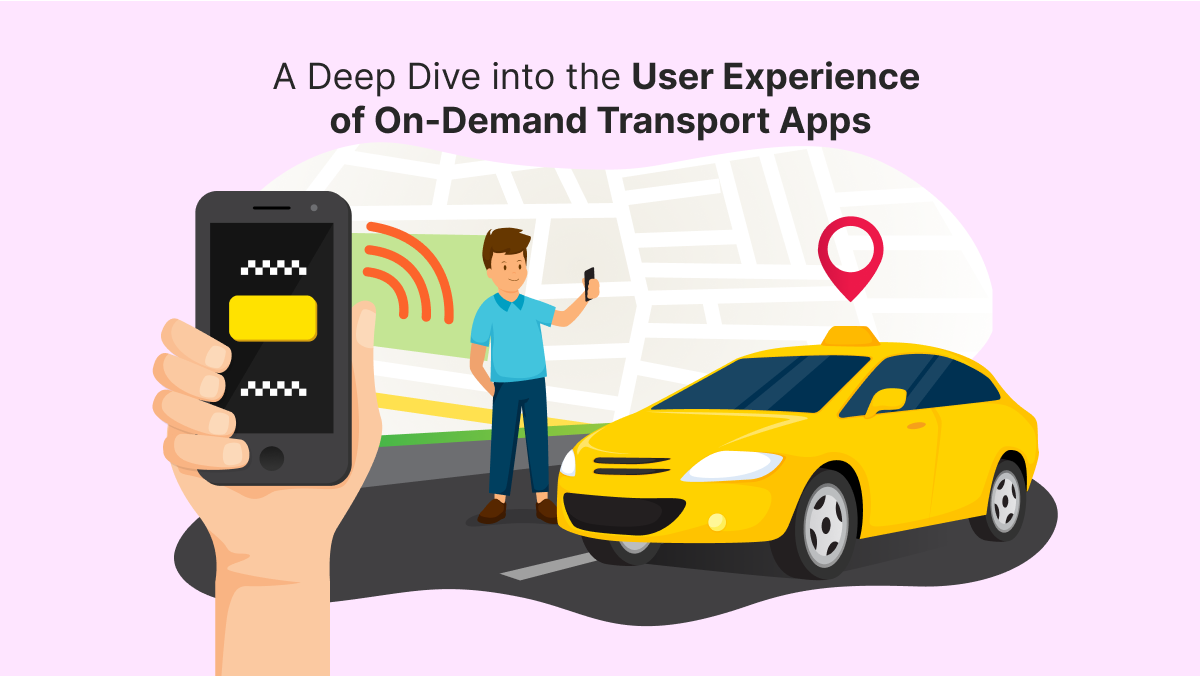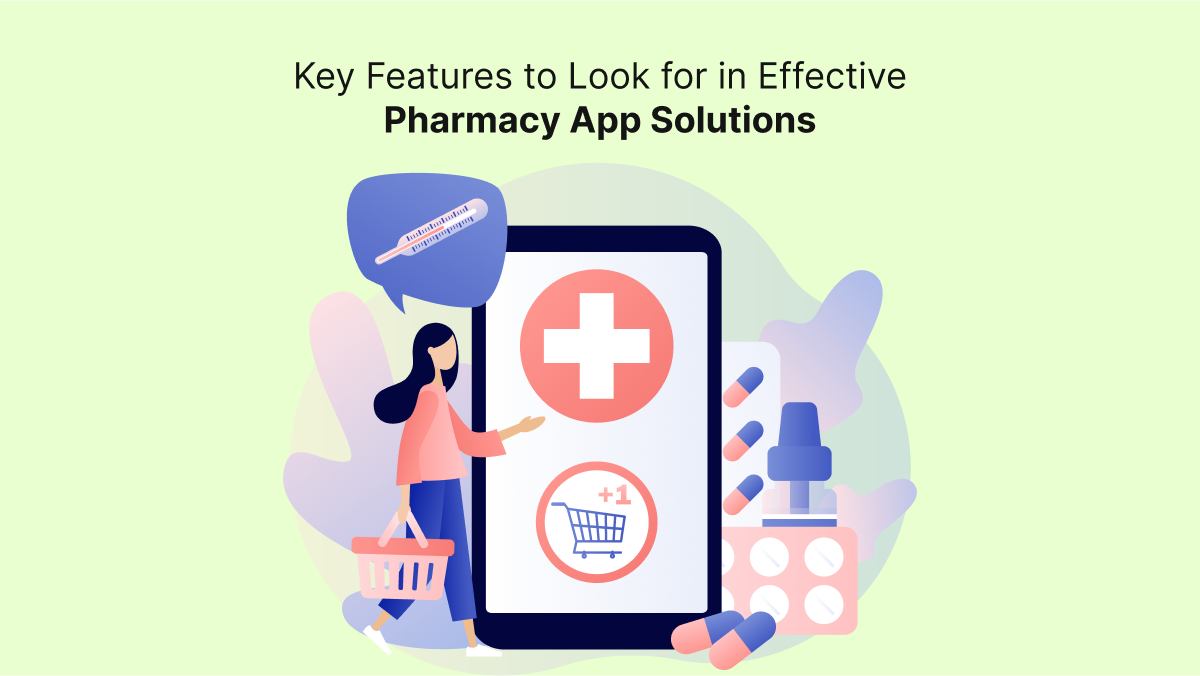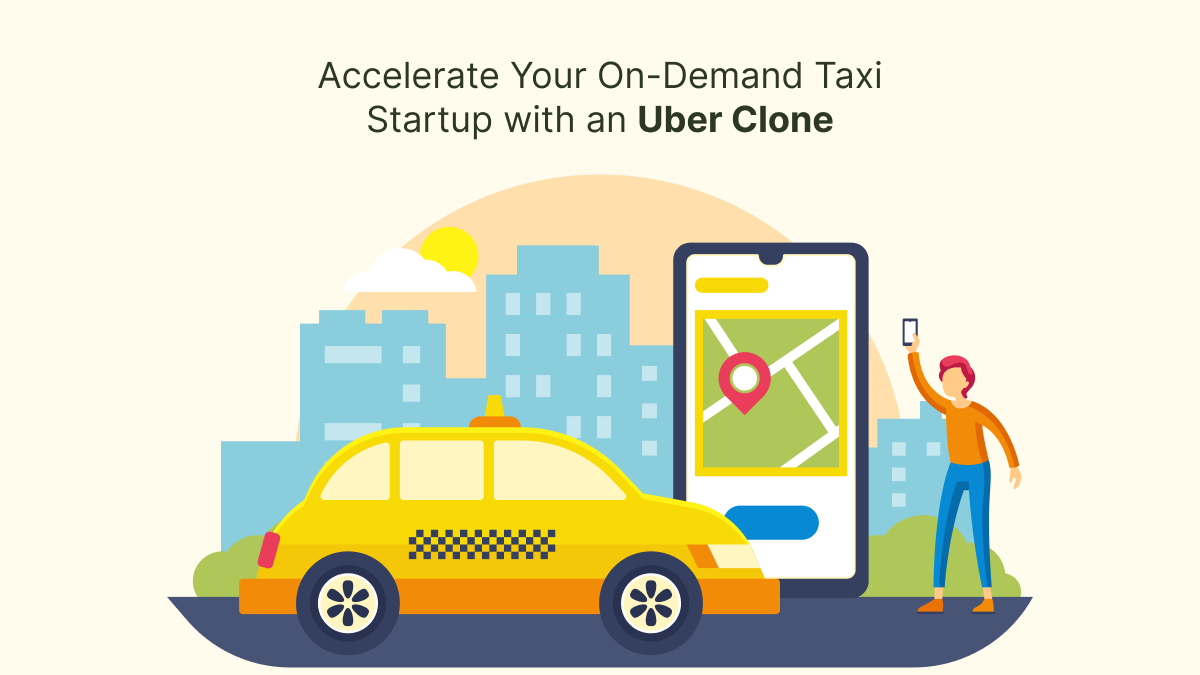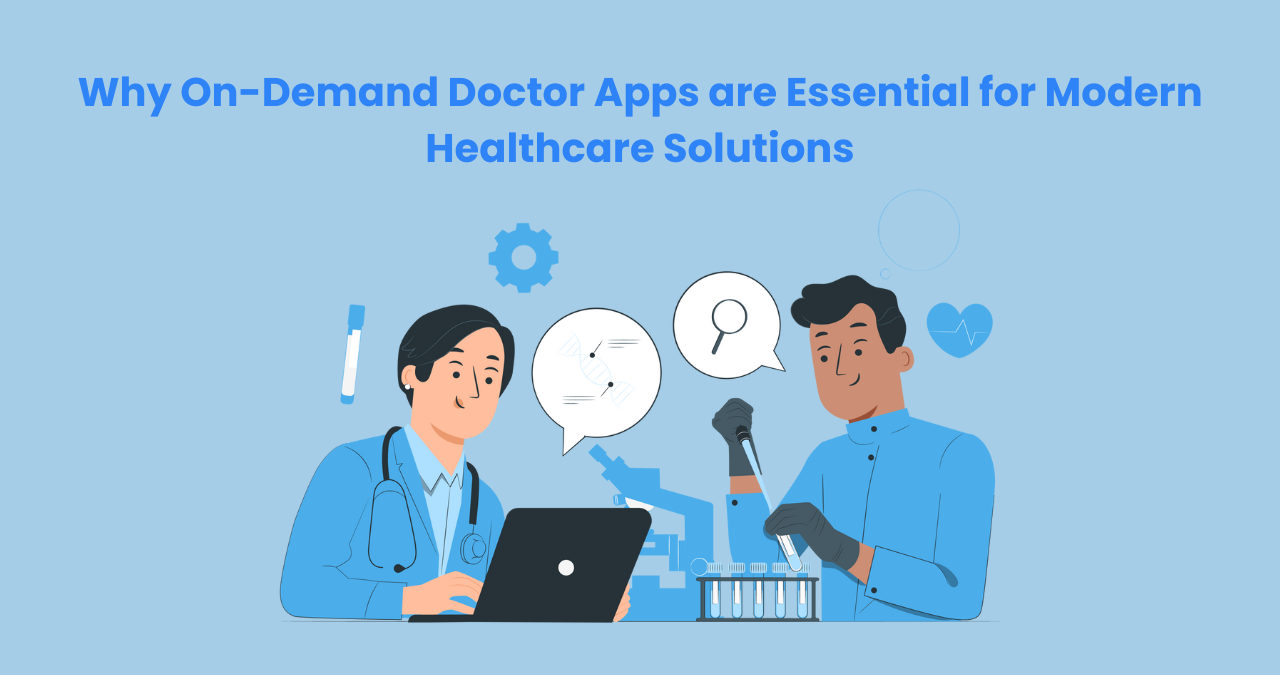A Deep Dive into the User Experience of On-Demand Transport Apps

Strong 8k brings an ultra-HD IPTV experience to your living room and your pocket.
On-demand transport apps have changed the way people travel. Whether you need a ride to work, a quick lift to the airport, or just don’t want to drive, apps like Uber, Lyft, Bolt, and Ola have made things much easier. But beyond the idea of convenience, what really makes these apps successful is their user experience.
User experience, or UX, is how a person feels when using a product. In the case of an on-demand transport app, it’s about how easy it is to book a ride, how quickly a driver arrives, how smooth the payment process is, and how safe the entire journey feels.
In this blog, we’ll explore all the parts that make up the user experience in these apps, what users expect, and how businesses can use this information to create better transport platforms.
What Is User Experience in On-Demand Transport Apps?
User experience in transport apps includes everything from the moment a user opens the app to when they complete a ride and leave a review. It covers the design, features, speed, reliability, and even how the app handles problems or delays.
When done right, good UX makes people come back to the app again and again. When done wrong, it can lead to frustration, bad reviews, and people uninstalling the app.
Key Elements of a Good User Experience
Let’s look at the different areas that shape how users feel while using on-demand transport apps.
Easy and Quick Sign-Up
First impressions matter. If signing up for the app takes too long or asks for too much information, users may leave before even booking their first ride. A good UX starts with a fast, simple sign-up process using a phone number, email, or social login.
Simple and Clean Interface
Once inside the app, users should easily understand how to use it. A clean layout, visible ride options, and clear steps for booking a ride all help improve usability. Icons, colors, and buttons should feel familiar and not overwhelming.
Fast Ride Booking
People use transport apps when they need to get somewhere quickly. That’s why speed matters. Setting pickup and drop-off points should be quick. Location tracking should work instantly. If the app feels slow or unresponsive, it affects the user’s confidence.
Real-Time Tracking
After booking, the user wants to know exactly where their driver is and when they’ll arrive. Real-time map tracking is one of the most loved features of on-demand apps. It helps reduce wait-time anxiety and gives users a sense of control.
Transparent Pricing
Showing the estimated fare upfront is important. It builds trust and helps users decide whether to book the ride. Fare breakdowns for the base fare, distance, and any surge charges also add to a feeling of fairness.
Multiple Payment Options
Cashless payments are now the norm, so apps should support credit/debit cards, mobile wallets, and UPI. Giving users options lets them choose what’s most convenient and makes the checkout process smooth.
Ratings and Reviews
Users feel empowered when they can rate their driver and leave feedback. At the same time, seeing a driver’s past ratings before accepting a ride makes people feel safer. This two-way feedback loop improves quality and trust.
Ride History and Support
A good UX includes access to past rides, receipts, and in-app support. If something goes wrong, users should easily find a help section or contact support without having to leave the app or search the website.
Read More: Top Features to Include in Your InDriver Clone App for 2025
Emotional Aspects of UX
It’s not just about buttons and screens. How a person feels during the journey also shapes their overall experience.
Trust and Safety
Many users worry about safety, especially during late-night rides or in unfamiliar locations. Features like trip sharing, driver ID, vehicle number plate, and SOS buttons help users feel secure.
Reliability
If the app crashes often, drivers cancel frequently, or rides arrive late, users will lose trust. A reliable, stable app is a key part of positive UX.
Personalization
Small things like saving favorite locations, remembering past trips, or offering language preferences can make users feel valued and understood.
Common UX Problems in Transport Apps
Even the best apps have room to improve. Some common user experience issues include:
- Confusing navigation or cluttered screens
- Bugs during payments or booking confirmation
- Lack of updates when a driver is delayed
- No option to schedule rides in advance
- Difficulty finding customer support
Fixing these small but important issues can make a big difference in user retention.
Why UX Matters for Business Success
In a market full of similar transport apps, the one with the best user experience usually wins. Users will stick with an app that’s easy, fast, and trustworthy—even if it’s slightly more expensive.
Businesses that invest in UX design often see:
- Higher app downloads and user retention
- Better reviews and app ratings
- More bookings and completed rides
- Lower user drop-off rates
UX is not just about design—it’s about solving real problems and making users happy.
Conclusion
The user experience of on-demand transport apps plays a major role in their success. From sign-up and ride-booking to payment and reviews, each step shapes how users feel and whether they’ll use the app again. When done well, good UX builds trust, loyalty, and long-term value.
If you're planning to build a transport app or improve an existing one, focusing on UX is just as important as the technology behind it. Working with a skilled clone app development company can help you create a platform that users love and keep coming back to.
In a world where users expect speed, safety, and simplicity, investing in the right user experience can set your app apart from the rest.
Frequently Asked Questions
Why is user experience important in transport apps?
User experience affects how easy, safe, and pleasant it is to use the app. A better experience means happier users, more bookings, and better app ratings.
What features improve the user experience in a transport app?
Easy booking, real-time tracking, fare transparency, fast payments, safety options, and quick customer support all contribute to a better experience.
How do ratings and reviews help user experience?
They allow users to share feedback and feel heard. They also help new users choose reliable drivers and rides.
What causes users to stop using a transport app?
Slow performance, unclear pricing, frequent bugs, poor customer support, and safety concerns can make users switch to another app.
Can small transport companies compete with big names by offering better UX?
Yes, even small or local apps can attract loyal users by offering smooth, simple, and reliable user experiences that meet real needs.
Note: IndiBlogHub features both user-submitted and editorial content. We do not verify third-party contributions. Read our Disclaimer and Privacy Policyfor details.







